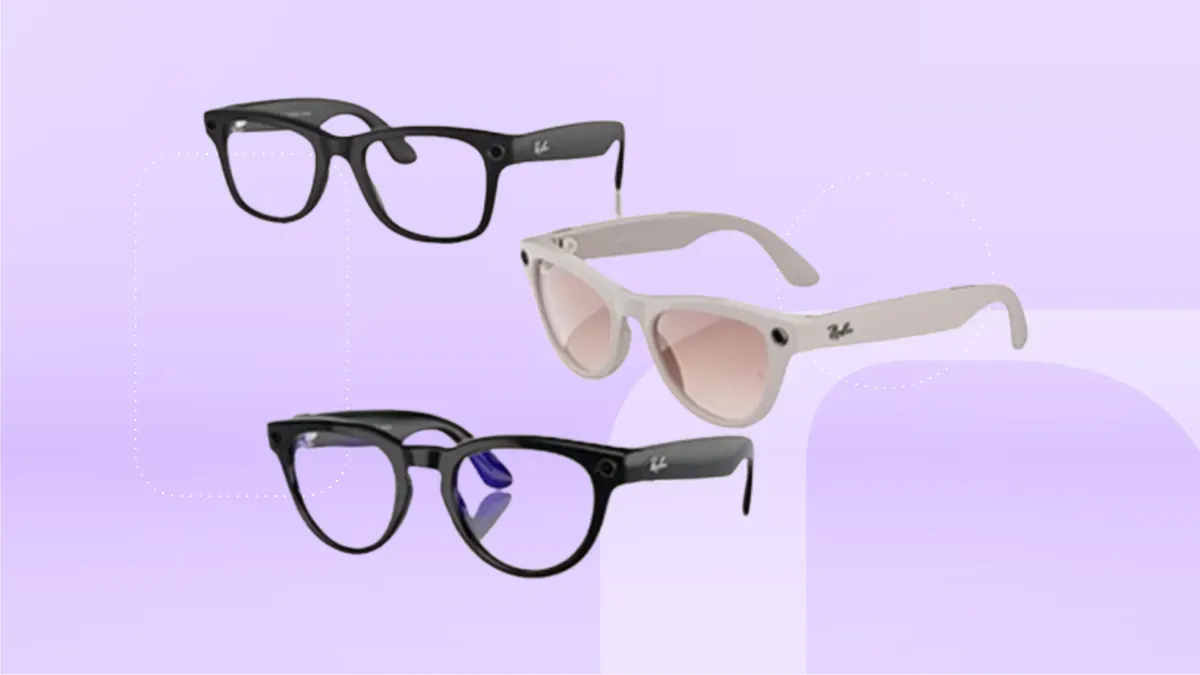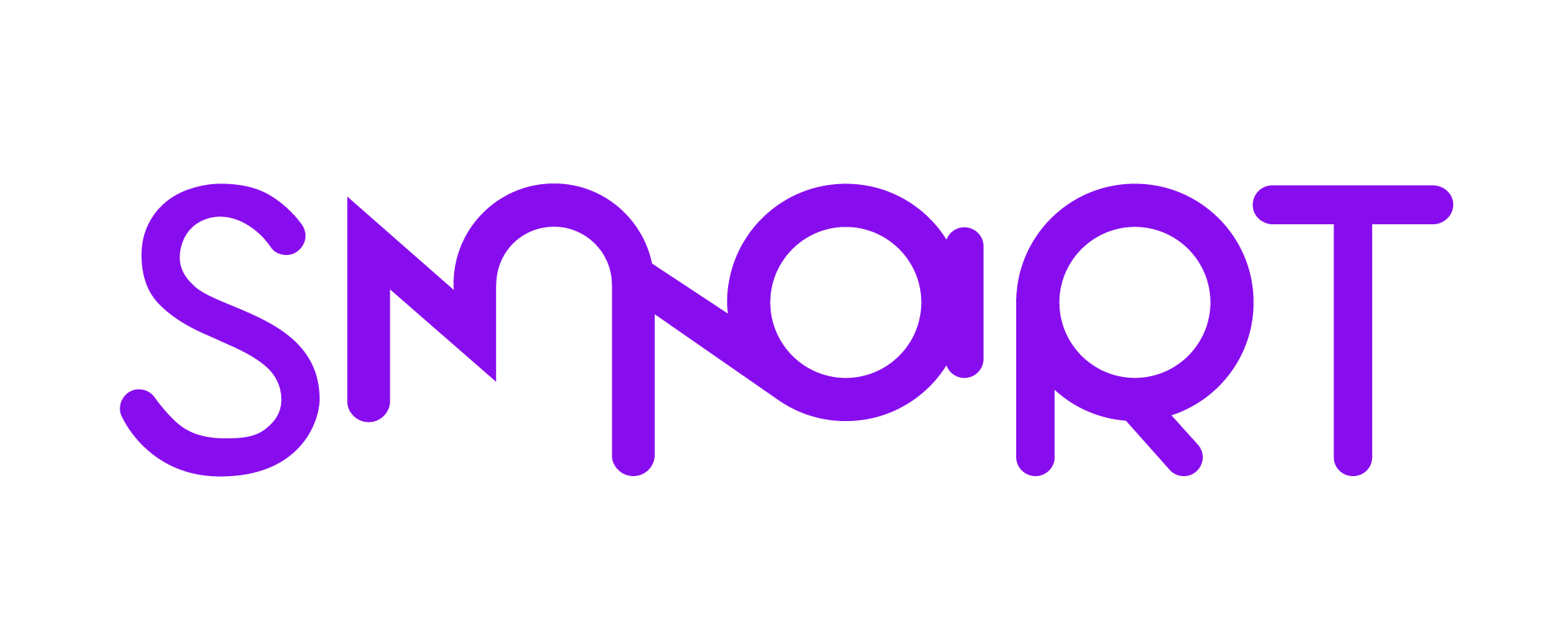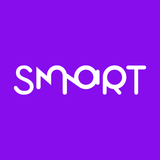Sneak Peek at the Next-Gen AR Wearable

Meta is preparing to introduce a new player in the smart eyewear arena: the Hypernova (also known as “Celeste”). This ambitious device promises features far beyond its current Ray-Ban Meta smart glasses, while possibly being more affordable than initially anticipated.
What Sets Hypernova Apart?
- Built-in Display: Unlike earlier models, Hypernova is rumored to have a heads-up display embedded in the right lens, visible only to the wearer. It’s expected to show augmented elements—apps, alerts, notifications—like a mini screen within your field of vision.
- Gesture & Touch Control: Navigation may be supported through a combination of touch-sensitive frames and a neural wristband (“Ceres”) for gesture controls—think pinching your fingers to interact with the display.
- Advanced Camera & AI Integration: With enhancements over the $299 Ray-Bans, Hypernova will likely include a better camera and native Meta AI support for real-time queries, image recognition, and voice assistance.
Pricing: More Palatable Than Expected?
Early rumors suggested Hypernova could cost between $1,000 and $1,400, a hefty premium. But more recent leaks (notably from Tom’s Guide and Bloomberg) indicate a starting price around $800, even including the wristband—far below earlier projections.
By comparison:
- Current Ray-Ban Meta Smart Glasses: Around $299
- Oakley Meta HSTN Smart Glasses: Around $499
- Hypernova: Expected around $800
So while Hypernova will still be more expensive than prior models, the lower-than-feared price could make it a more accessible entry into the high-end AR glasses market.
What We’re Still Curious About
- How well will the HUD perform in bright outdoor lighting or fast-paced situations?
- Will the wristband feel natural or bulky for daily use?
- Battery life with display and AI on—how long will a charge last?
- Will Hypernova require pairing to a phone, or can it function independently?
In Summary
Meta’s Hypernova smart glasses could be unveiled as soon as September 2025. They’re rumored to include a discreet HUD, gesture control via a neural wristband, an enhanced camera, and AI features—all for an estimated price of around $800, much lower than previous estimates. A premium step up from Ray-Bans, but possibly more within reach than many expected.





